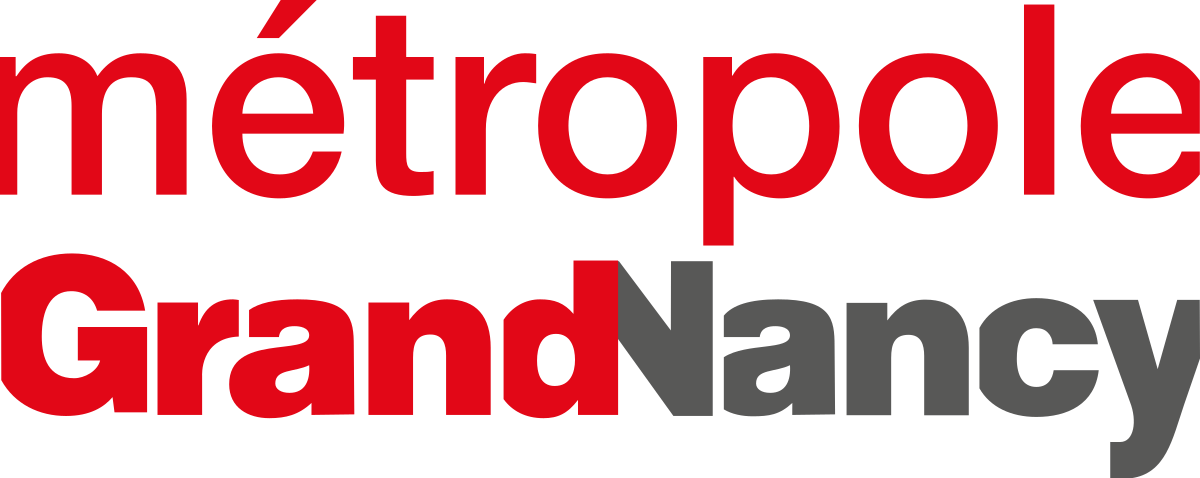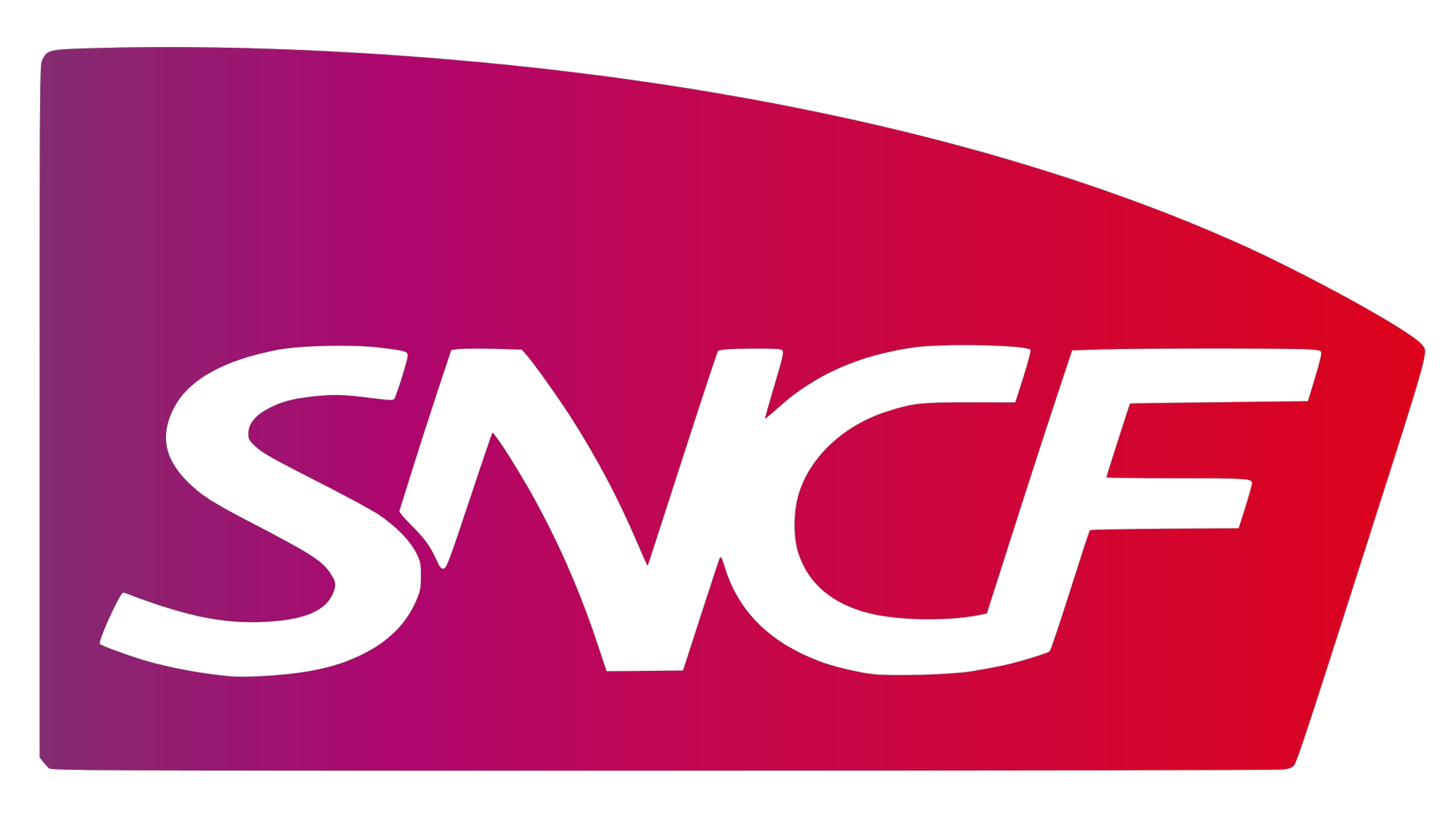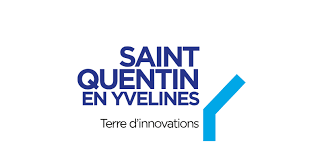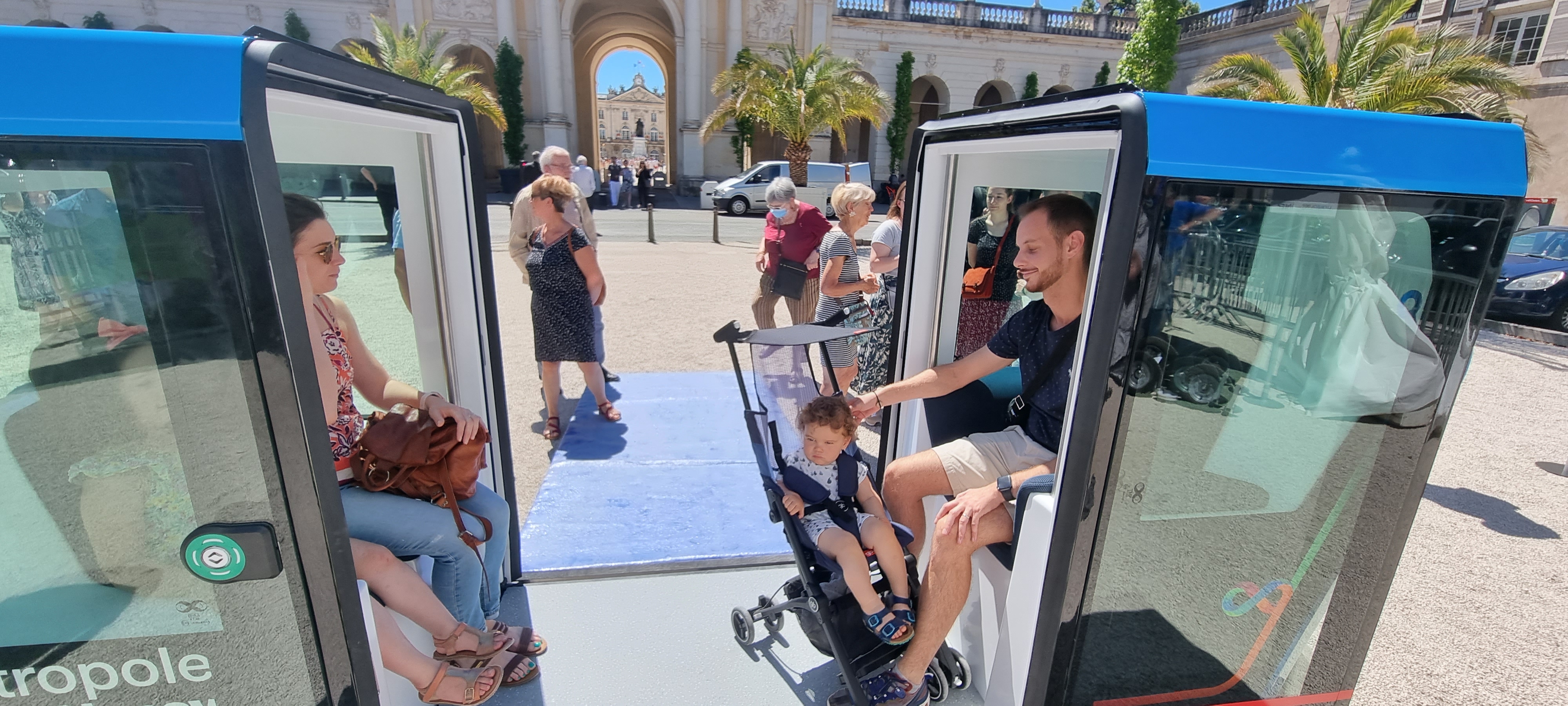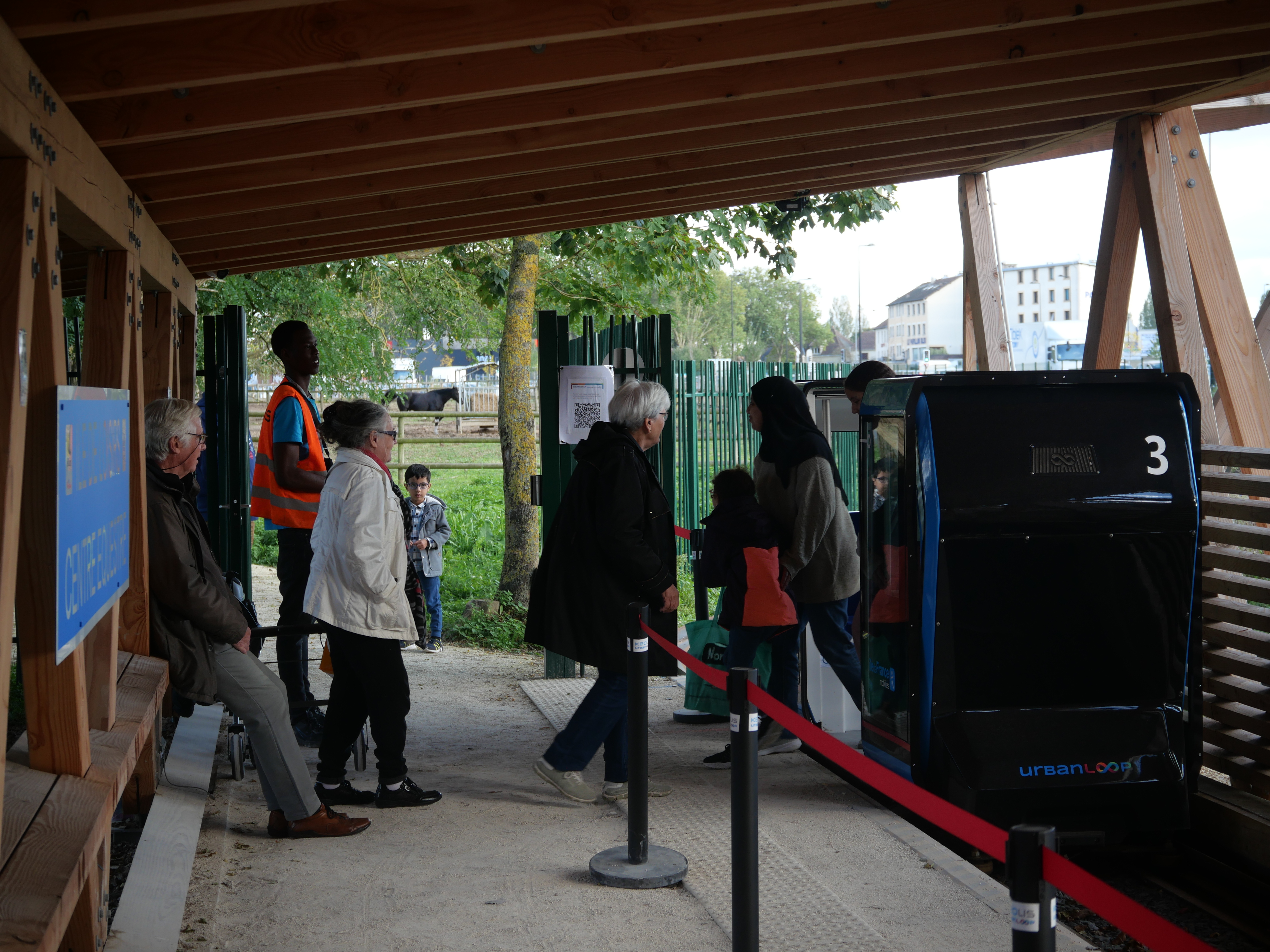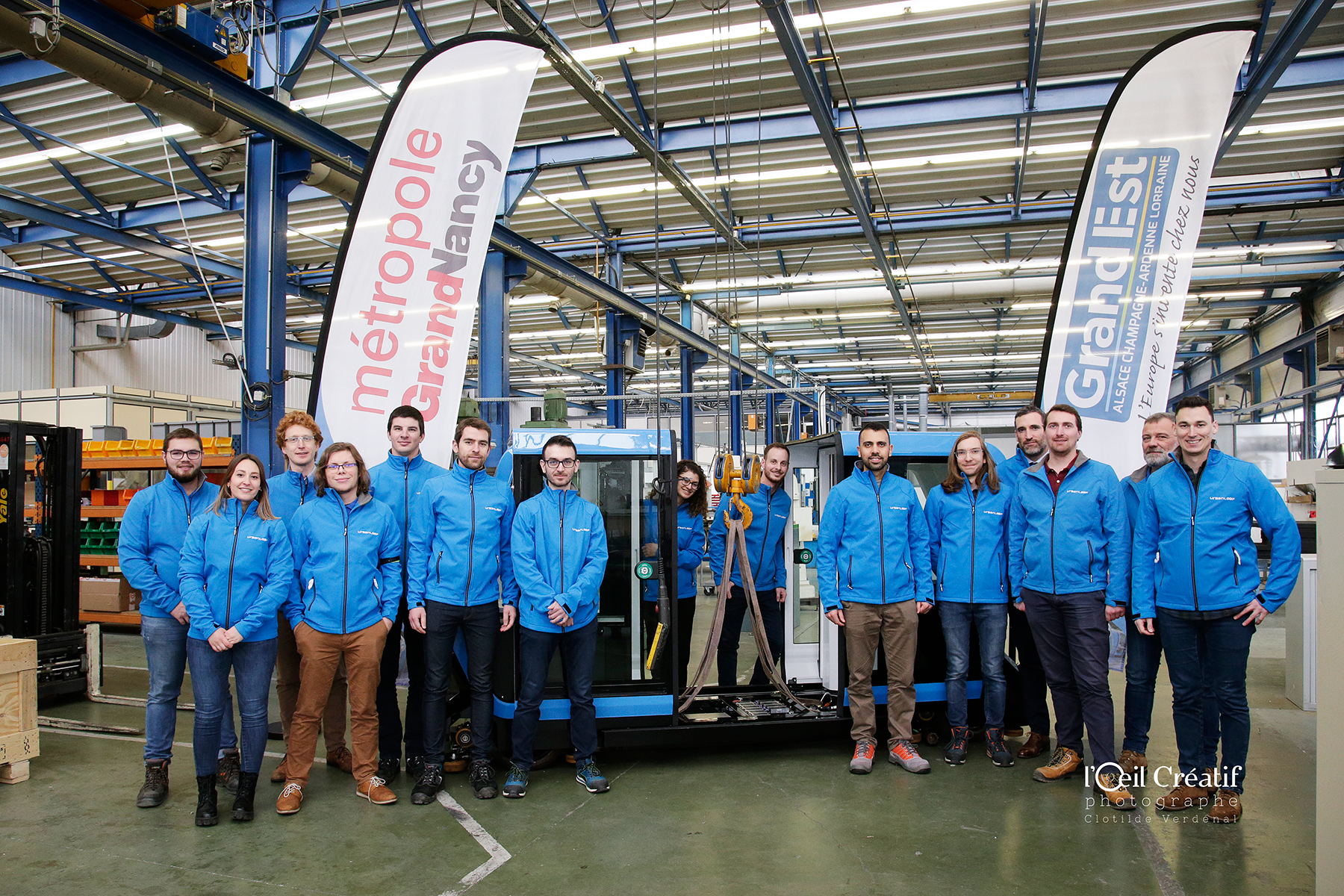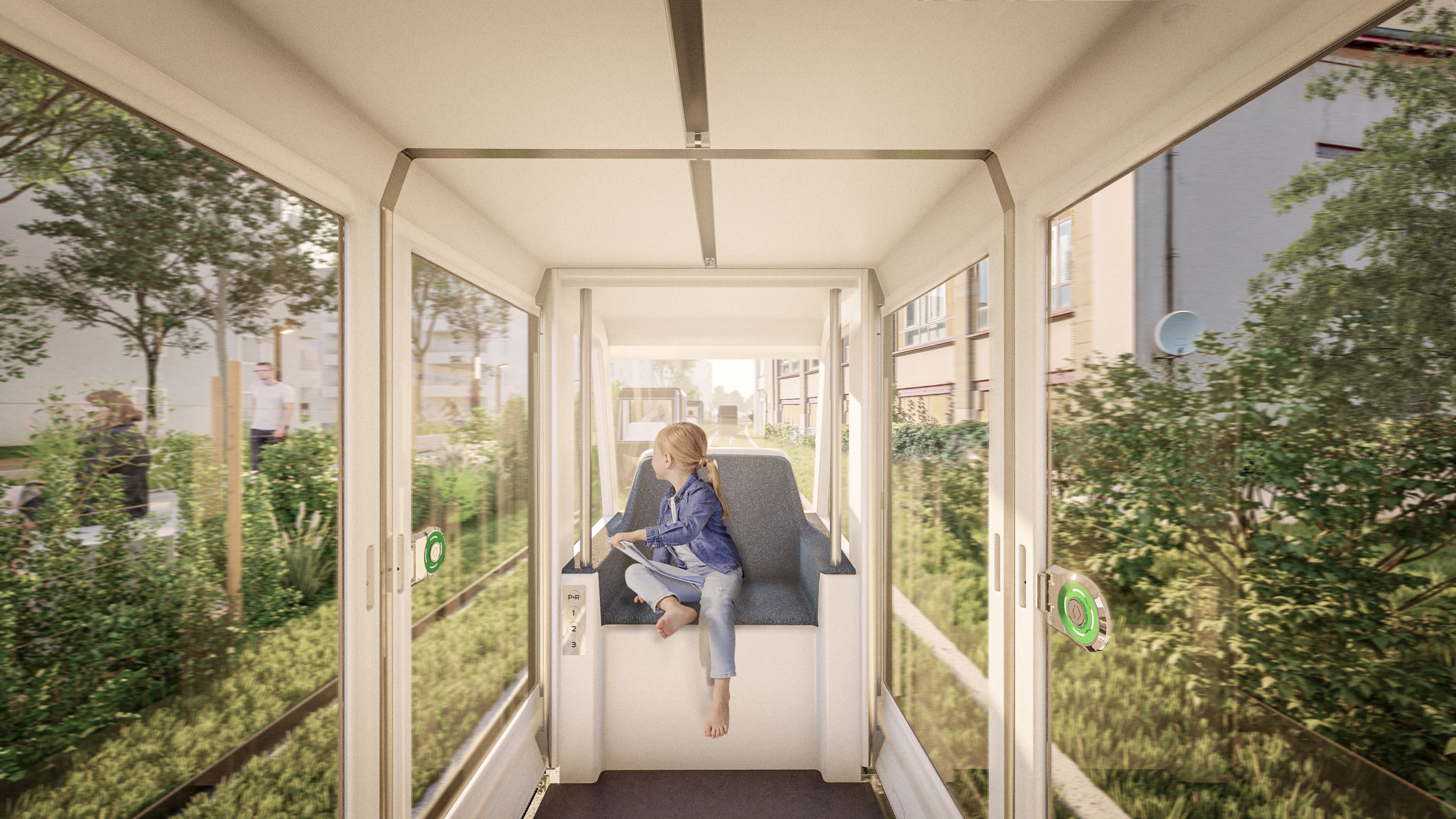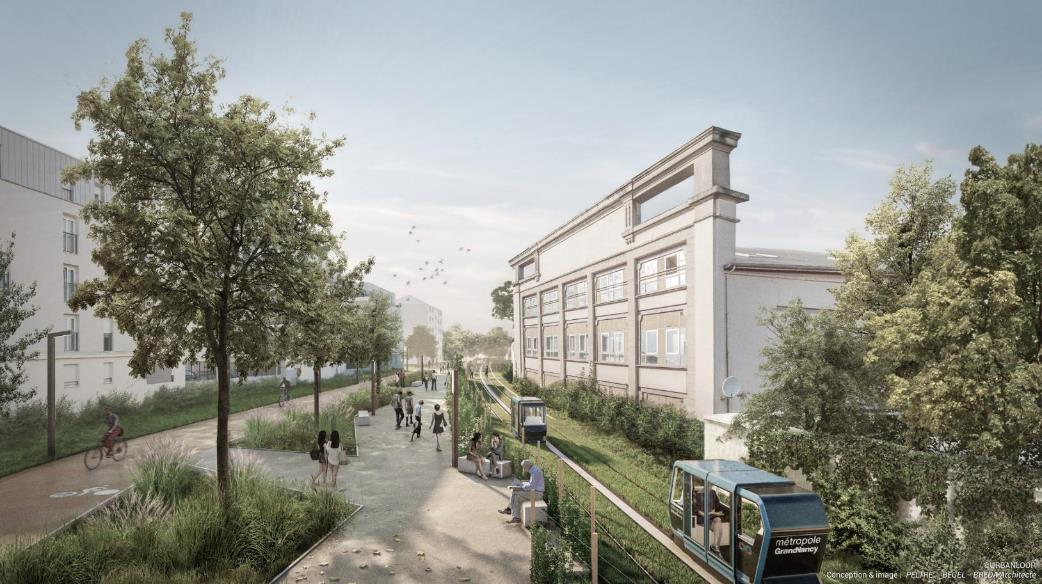Innovation: Urbanloop, versatile and sustainable transport for cities
Urbanloop consists of autonomous capsules designed for one or two people, which operate on rail tracks around buildings, city blocks or neighborhoods. These journeys form loops and include “branch stations,” as well as parallel lanes for passengers to get on or off. Similar to a freeway, this setup allows passengers to stop at their destination without disrupting others’ journeys. The capsules at the station then become available for subsequent passengers. Although it is public and shared, this mode of sustainable transportfeels very similar to a personal vehicle: it’s like a “mini-metro” with an average speed of 30 km/h and a top speed of 50 km/h.
Urbanloop offers multiple cabins, reversing the usual concept of public transport: now, it is no longer the passenger who waits for the vehicle, but rather it’s the vehicle that waits for the passenger. With no waiting time, no stops and no connections, urban mobility becomes as smooth as it is reliable.
With a minimal land footprint – just the width of a sidewalk for a single lane and half a street for a double lane – there can still be room for greenways. This way, Urbanloop can coexist with other forms of soft mobility, such as walking or cycling. Urbanloop is versatile as well: it can be deployed in semi-urban areas or on unused SNCF railroad lines. Capsules can also be used for other functions, such as carrying packages or household waste.
In Nancy, France, one hectare is currently dedicated to testing two loops of 400m and 800m, where one capsule achieved the world record for lowest energy consumption per kilometer in May 2021.


